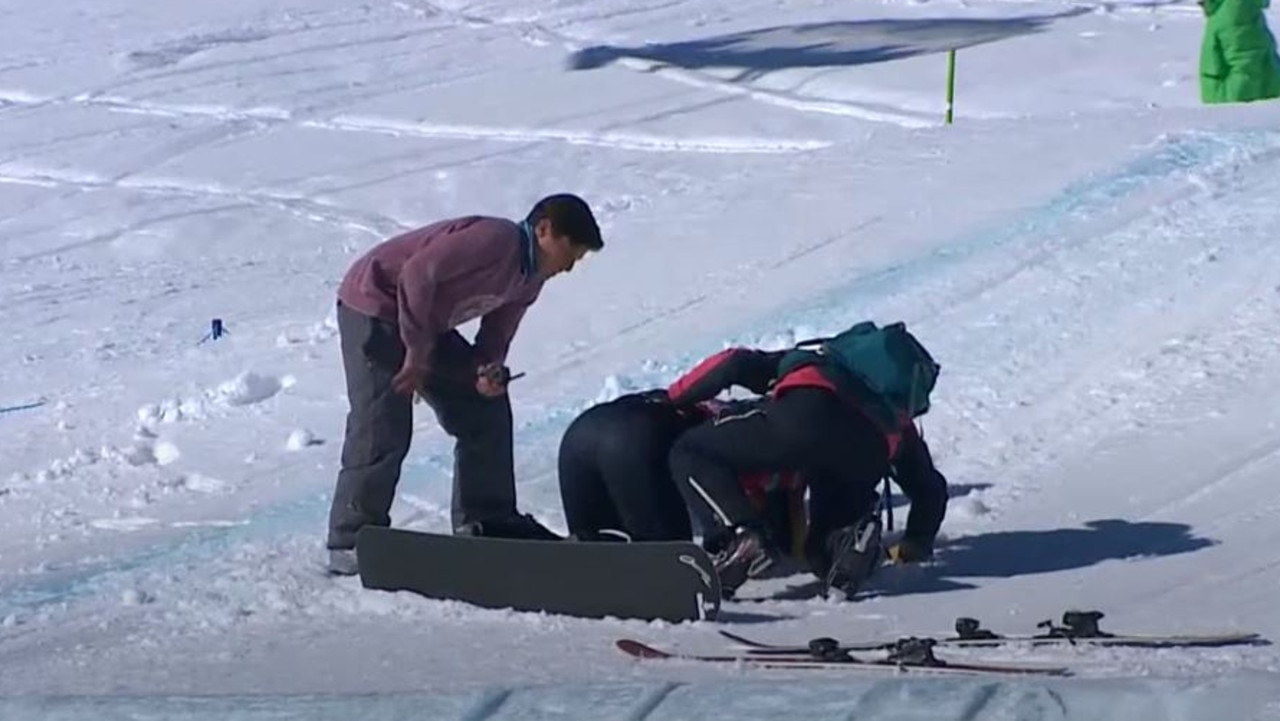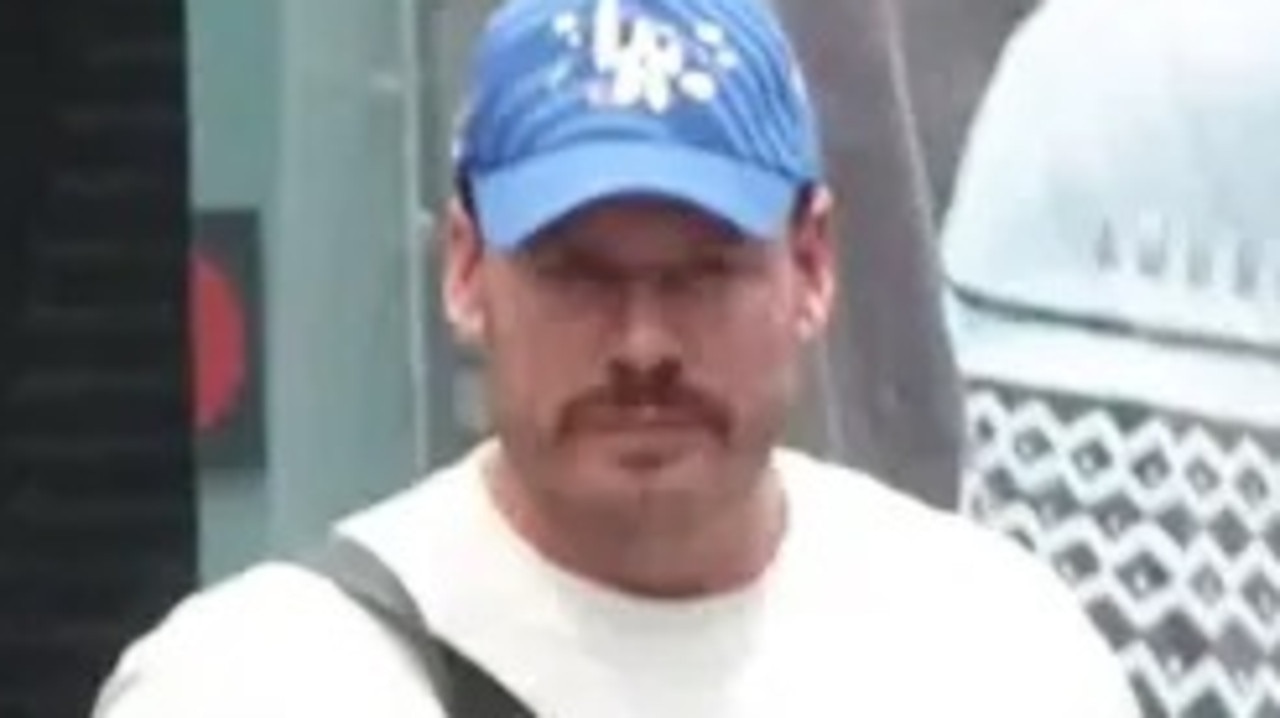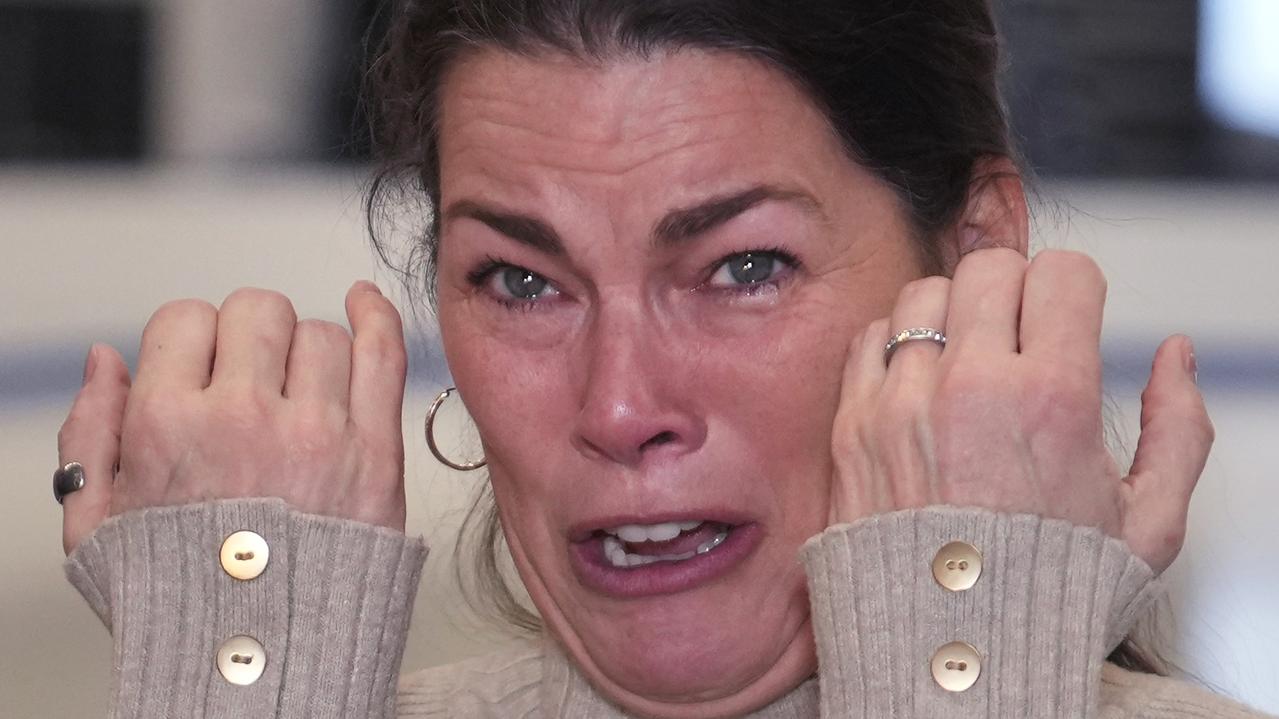The Norwegian team are the coolest thing on the curling ice
THE curling venue, oddly enough, is replacing the figure skating rink as the Olympic centre of haute couture.
THE curling venue, oddly enough, is replacing the figure skating rink as the Olympic centre of haute couture. OK, maybe that's a bit of a stretch. Nobody at the Ice Cube Curling Center has shown up in feathers yet this week.
But there has been more buzz about the Norwegian curling team's wacky pants than about anything any of the other 2,996 athletes are wearing.
They created quite a stir on Saturday when they showed up at their first practice wearing floral-print knickers not even all grandmas would wear, Norwegian soccer team socks, and “sixpence” flat caps. It was a throwback, they said, to the start of the sport in Scotland 400 years ago.
Even by Norwegian curling standards, it was a bold statement. And they were just getting started. They have nine outrageous pants to unveil over the course of these Games, thanks to their Sonoma County, Calif., clothing supplier, Loudmouth Golf, founded by Scott “Woody” Woodworth, a graphic artist who has injected fun into golf attire.
In their first-round game against the United States on Monday night, the Norwegians' trousers looked like they had just come off the walls of a modern art museum with giant squares in primary colours, reminiscent of an abstract Mondrian painting. The Americans, by contrast, wore black slacks and navy team shirts with white sleeves.
Final score: Pants 7, USA 4.
“It's absolutely good for the sport,” US skipper John Shuster said of Norway's unique garb. “Anytime people are going to talk about curling in USA Today or the New York Times due to wardrobe, it helps bring curling to the forefront, and that's good. Honestly, when you're out there, you do not notice them. Not at all.” Would he ever consider wearing similar pants to raise his team's profile?
“No,” Shuster said, smiling.
Haavard Vad Petersson, one of Norway's curlers, admitted he was sceptical when teammate Christopher Svae introduced the idea four years ago, but he is happy to bring recognition to the sport. A Facebook page dedicated to the team's pants has 545,000 followers.
“For a small sport like curling, all the attention we can get is probably a good thing,” he said. “They're really comfortable, that's the great thing. Probably the most comfortable pants I ever wore. We have about 80 pairs, so a very colourful closet.” Does he ever wear them out of the street, away from the rink? “Very seldom,” Petersson said. “Maybe for bad-taste parties, or something like this.”
The Scandinavian stone throwers became international sensations four years ago, when they won the silver medal in Vancouver wearing red, white, and blue diamond-print pants the likes of which this sport had never seen. Curling — part shuffleboard, part bowling, part chess on ice — is typically played in nondescript black pants. Svae was looking for new team pants a few months before the Vancouver Olympics because their supplier had shipped the wrong style. He went online and found the red, white and blue golf pants on the Loudmouth website. Bingo!
In recent years, curling has developed a growing cult following in the United States. A Simpsons episode and the Colbert Report four years ago helped, as does the fact that the U.S. curlers are miked up by NBC. But it still remains one of the more obscure sports on the Olympic menu.
Curlers don't have rock star status like figure skaters, skiers and hockey players. Team USA is made up of four regular guys from Minnesota. There is a middle school science teacher (Jeff Isaacson), a civil engineer (John Landsteiner), a student at Bemidji State University (Jared Zezel), and Shuster, the manager of The Pickwick Restaurant and Pub, a landmark in Duluth, Minn., since 1914.
“You can go to Duluth and find me on the street any day and nobody treats me any different,” Shuster said. “I'm a member of my curling club and my community, and most of the time people don't make a big deal about seeing me.”
Petersson said the same is true in Norway, unless he and his teammates go out in public wearing their trademark loud trousers. “We are recognised mostly by the pants,” he said. “Curling is big every fourth year, but in between we can get away with walking around in jeans and T-shirt, but of course, when you wear the pants, people recognise us, for sure. We've seen other curlers starting to buy them, young curlers, other curlers. It's crazy.”
The Russian Olympic team, perhaps in an attempt to upstage the Norwegians, showed up this week in red and white paisley pants. No matter the nationality, world-class curlers would like their sport to get more respect. Curling was a medal sport at the 1924 Olympics, but discontinued until 1998. It may look easy, but anybody who has tried, and landed face down on the ice, realises there is more to it than meets the eye.
The object is to slide a 44-pound granite stone across a 150-foot sheet of ice to the target (aka “house"), and get it as close to the bullseye ("button") as possible. Like bowling, a match consists of 10 “ends,” or frames. Each team consists of a skip (think quarterback), a vice-skip, a lead and a second. They wear a Teflon-soled sliding shoe on one foot and a rougher sole on the other foot for traction.
One team member pushes off from the “hack” (like a starter's block in track and field), and two others hunch over with brooms and aggressively sweep the ice to create a straighter path for the stone. The harder they scrub, the more the ice melts, thus reducing the friction of the stone on the surface. There is strategy akin to golf and chess that goes into every move.
Elite-level stones, like the ones used at the Olympics, cost $1,500 and are made of Ailsite granite, which comes from the Ailsa Craig quarry off the Scottish coast.
To a man, U.S. curlers said the biggest misconception about their sport is that anybody can do it.
“We just had an interview the other day where they said, 'Oh, anybody can start in this sport if you want to go to the Olympics, this is the sport,' Shuster said. “Well, you see the same people here over and over and over again, so that's probably not the case. We work extremely hard to get to this level to earn spots in the Olympics and people have misconceptions about how much training goes into it.” Landsteiner agreed: “Everyone thinks it's easy, but then they try it and fall flat on their face. Most people have no idea.”



